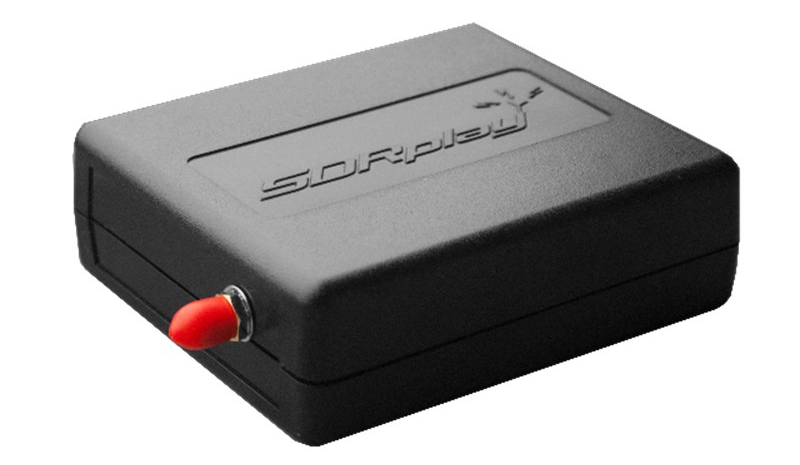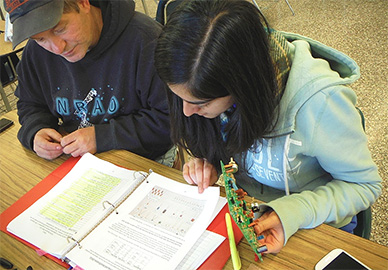Hints for RJers
Radio-Sky Spectrograph
The Radio-Sky Spectrograph software, RSS, (https://www.radiosky.com/specdownload.html) is the preferred spectrograph recording & display software for Radio JOVE. The latest installation update of RSS (Version 2.9.63) is available at: http://radiosky.com/spec/Spectrograph_2_9_63.exe

Announcement
SDR-based Radio Telescope Kits are here!
 The Radio JOVE Project is now offering decametric radio telescope kits that use the SDRPlay RSP1A receiver. These enable our participants to observe a range of frequencies simultaneously. See the Kit Orders page.
The Radio JOVE Project is now offering decametric radio telescope kits that use the SDRPlay RSP1A receiver. These enable our participants to observe a range of frequencies simultaneously. See the Kit Orders page.
Read the March 2022 Special Issue of the Radio JOVE Bulletin for more information.
From the JOVE Bulletin
Video: Historic Maryland — Jupiter Radio Emissions
 A film crew has created a short video on the story behind the Maryland Historic Marker which recognizes the location where the discovery of Jupiter's Radio Emissions took place in
1955.
A film crew has created a short video on the story behind the Maryland Historic Marker which recognizes the location where the discovery of Jupiter's Radio Emissions took place in
1955.
Historical Note
20+ Years of Radio JOVE:
1999–2019
The Radio JOVE Project turned 20 years-old in 2019! Here's remembering all those who have made the project go over the years, some who are, sadly, no longer with us. Thank you to all those who support and participate in Radio JOVE.
See the related JOVE Bulletin article.
Watch live-streamed Radio JOVE data on YouTube!
Radio JOVE team member Larry Dodd live-streams his radio spectrograph data and audio on YouTube. The spectrograph data come from an SDRplay receiver operating over the 16–24 MHz frequency range. The audio is streamed from an original Radio JOVE receiver tuned to 20.1 MHz. See and hear his live data here: https://youtube.com/channel/UCtawz3MnMBwjz9ShhSC0ygQ/live.
Welcome to Radio JOVE!
 Radio JOVE students and amateur scientists from around the world observe and analyze natural radio emissions of Jupiter, the Sun, and our galaxy using their own easy to construct radio telescopes.
Radio JOVE students and amateur scientists from around the world observe and analyze natural radio emissions of Jupiter, the Sun, and our galaxy using their own easy to construct radio telescopes.
What's New: Radio JOVE announces a 2023 and 2024 solar eclipse observing campaign. In support of NASA Citizen Science and in partnership with the Heliophysics Big Year, Radio JOVE wants your help to study the Sun. Full details can be found here.
» See more Radio JOVE news
Observer's Corner
23 April 2024 was a busy day for solar emission. Dave Typinski at AJ4CO Observatory, Florida, USA recorded this spectrogram using an FSX spectrograph fed by two 24 foot long TFD (Terminated Folded Dipole) antennas arranged similar to a Radio JOVE dual dipole array.
We see here some Solar Type III bursts at 1735 UTC, followed by a radio blackout from an M2.9 Class X-ray flare peaking at 1745 UTC, followed by a Type II radio burst from 1750 to 1815 UTC, followed by a couple of Type III bursts at 1825 and 1843 UTC.